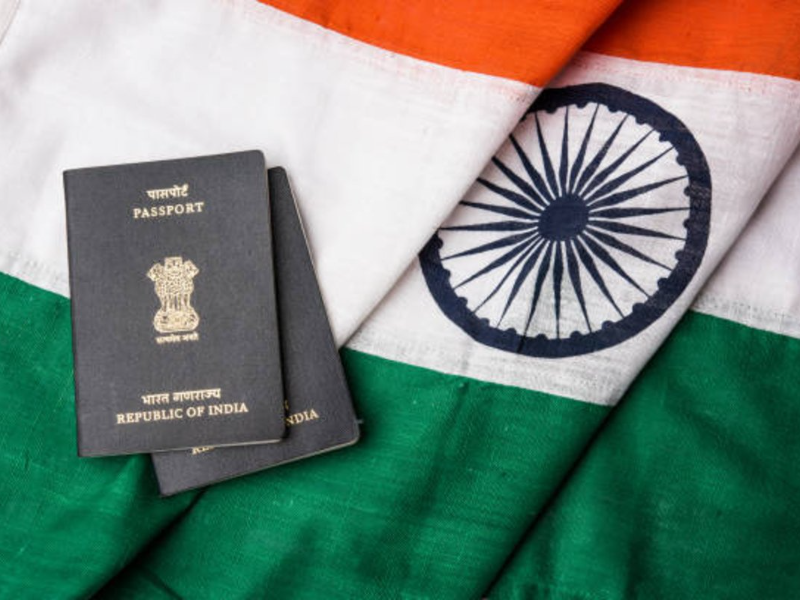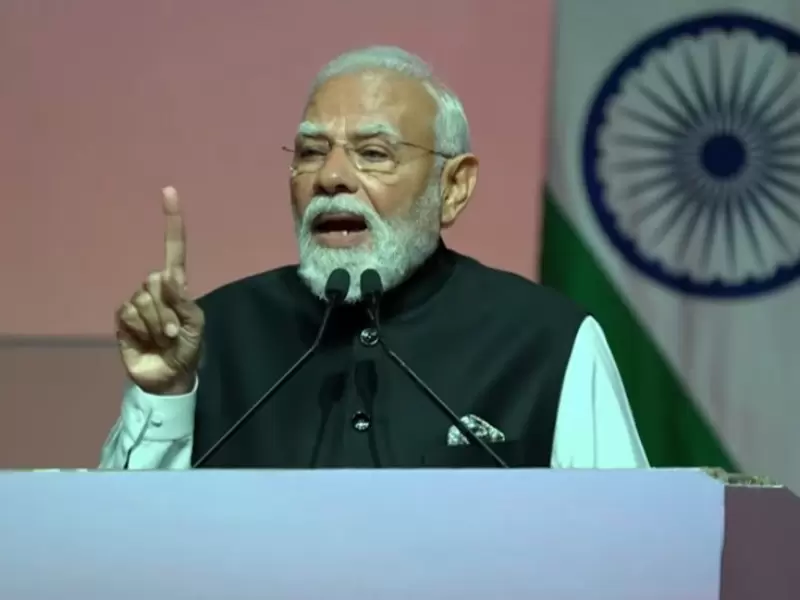India records 5-year surge in student migration abroad
The United States remained the top destination receiving 204,058 Indian students in 2024 alone—nearly doubling since 2020.
.jpg) Stock image / Shutterstock
Stock image / Shutterstock
India recorded a sharp rise in student migration over the past five years, with more than 3 million students heading abroad for higher education between 2020 and 2024, according to data released by the Ministry of External Affairs.
In a written reply to the Rajya Sabha, Minister of State for External Affairs Kirti Vardhan Singh said the Bureau of Immigration tracked a total of 3,106,626 student departures during this period. Annual figures rose steeply from 259,655 in 2020 to a peak of 892,989 in 2023, before slightly declining to 759,064 in 2024.
Also Read: US visa processing for Indian students slows further: Govt
The United States remained the top destination, receiving 204,058 Indian students in 2024 alone—nearly doubling since 2020. Other major destinations included Canada (137,608), the United Kingdom (98,890), Germany (34,702), and Australia (68,572).
Despite the scale of the outflow, the government said it does not maintain data on the foreign exchange spent by students or the academic and economic impact of this migration trend on India’s domestic education system.
Domestic Measures
Singh outlined a series of measures taken by the government to reverse this trend and reduce student migration, in order to raise the quality and global competitiveness of Indian higher education.
These include infrastructure grants under the Pradhan Mantri Uchchatar Shiksha Abhiyan (PM-USHA), the PM VidyaLaxmi financial aid scheme, and the newly established Anusandhan National Research Foundation to promote academic research.
Accreditation initiatives through the National Assessment and Accreditation Council (NAAC) and the National Board of Accreditation (NBA), international research collaborations under the Scheme for Promotion of Academic and Research Collaboration (SPARC), and efforts to improve access to digital academic content through the “One Nation, One Subscription” initiative and online learning platforms like Study Webs of Active Learning for Young Aspiring Minds (SWAYAM) were also highlighted.
Notably, the University Grants Commission (UGC) introduced regulatory reforms to allow foreign universities to operate in India, enabled dual/joint degree programs, and launched a digital portal (UTSAH) to monitor implementation of the National Education Policy (NEP) 2020.
ADVERTISEMENT
ADVERTISEMENT
E Paper
Video




 Malvika Choudhary
Malvika Choudhary








.png)



Comments
Start the conversation
Become a member of New India Abroad to start commenting.
Sign Up Now
Already have an account? Login